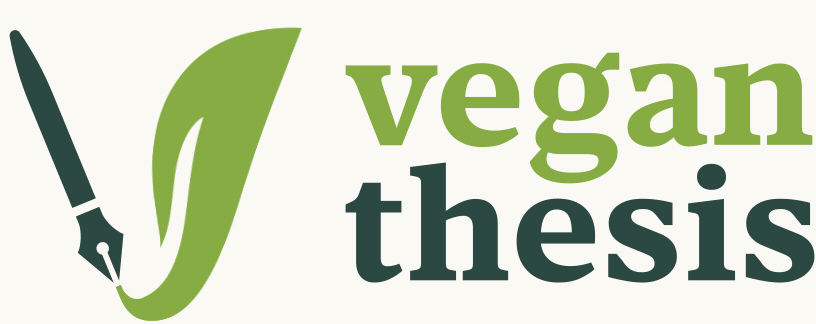What is the impact of meat advertising bans in public spaces such as the ban in Haarlem, the Netherlands ?
Context and Relevance:
The recent ban on meat advertising in public spaces in Haarlem, the Netherlands, marks a significant shift in public policy aimed at reducing meat consumption due to its environmental, health, and animal welfare implications. Studying the impact of this policy can offer valuable insights into how such measures influence consumer behavior and public attitudes, providing a model for similar initiatives elsewhere. This research is particularly pertinent for those in public health, environmental advocacy, and animal welfare, as it explores the effectiveness of advertising restrictions in promoting healthier and more sustainable consumption patterns.
Potential Research Approach:
Case Study of Haarlem: Conduct a detailed case study of Haarlem by analyzing data on meat consumption, public attitudes towards meat, and advertising expenditures before and after the ban. This will help quantify the direct impact of the policy on consumer behavior and the local meat market.
Stakeholder Interviews: Engage in interviews with a diverse range of stakeholders, including policymakers, advertising professionals, environmental and health advocacy groups, and consumers in Haarlem. These qualitative insights can reveal the challenges, support, and broader implications of the ban from multiple perspectives.
Analyzing Consumer Behavior: Utilize surveys or consumer panel data to assess changes in consumer attitudes and behaviors towards meat consumption following the implementation of the advertising ban. This analysis could reveal shifts in purchasing habits, awareness levels, and potential spillover effects on other dietary choices.
Additional Questions:
How do different demographic groups within Haarlem respond to the meat advertising ban in terms of their meat consumption habits?
What are the potential long-term impacts of the meat advertising ban on local businesses, particularly those in the food and retail sectors?
Could similar advertising bans in other regions lead to significant reductions in meat consumption, and what factors would influence their success?
